Deal with the “Dog Days of Summer” with this Suggestion and Recipe!
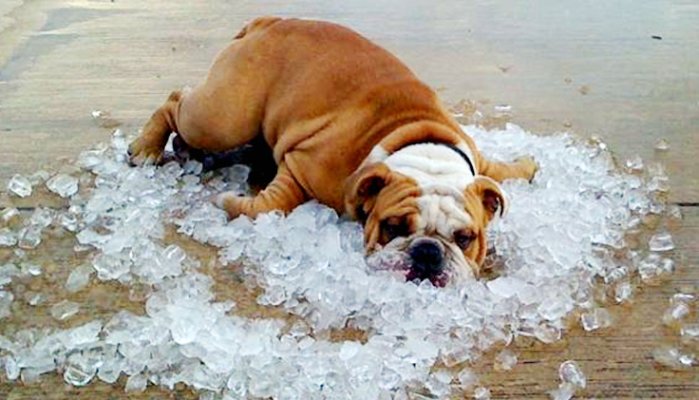
What do you do during these “dog days of summer” to deal with those “dog days of summer?” How do you keep revived, refreshed, and relaxed? Around our house we sometimes sit in the shade and sip herbal tea. Sometimes hot, but often iced.
Herbal teas are interesting. Actually, what we call “herbal teas” are technically not ‘teas’ at all. Herbal tea contains no Camellia sinensis leaves (the stuff green, black, and white tea comes from); rather, it is made from many plants, using not just the leaves, but also the flowers, roots, bark and seeds. These brews typically contain flavorful, beneficial ingredients like chamomile, lemongrass and mint, and naturally contain no caffeine whatsoever.
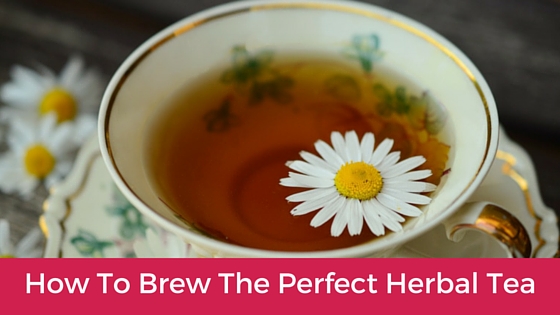
So let’s talk about brewing a perfect cup. Herbal tea enthusiasts consider making and drinking tea an art form and they say it’s easy to master. Tea manufacturing companies have what’s called “brew masters” and their overall philosophy is to have a plan before you pour. There are 3 keys to the plan:
- Freshness. Try to use fresh, filtered water each time you brew. Repeatedly boiling and cooling water brings oxygen (the “O” in “H20”) out of solution – resulting in flat-tasting water and (eventually) a flat-tasting tea. In addition, the taste and odor of chlorine in water masks many of tea’s subtler flavors, so filtered or spring water is the way to go if possible.
- Temperature. Most types of tea call for a full, rolling boil to bring out the best aroma, flavor and benefits. The notable exceptions are green tea and white tea, which taste best when cooler water (around 190 F) is used.
- Steeping time. The most common brewing mistake is over-steeping, which can bring out off flavors and increase bitterness. Keep a timer (or a timer app) handy to make sure you remove the tea bag at just the right moment. The recommended steeping time for herbal teas is 4 to 6 minutes.
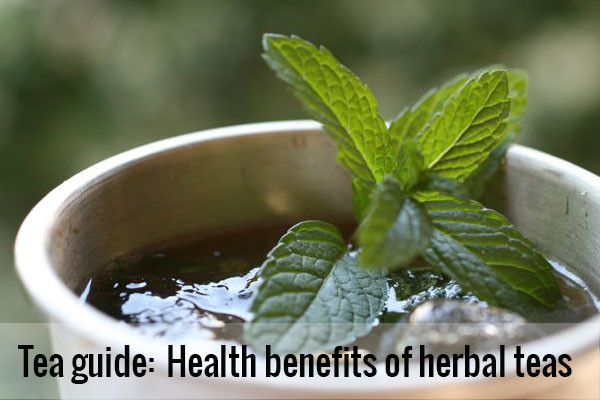
But besides taste, herbal teas are treasured for their specific benefits and calming flavors. While fruit-flavored teas are mostly just calming and delicious, true herbal teas provide some notable benefits for many ailments:
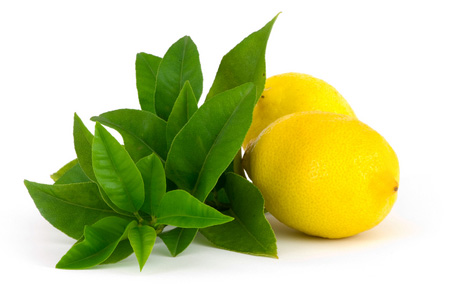
Lemon Verbena is used as a digestive aid. This is because the citrus content helps to break down fats in the digestive tract.
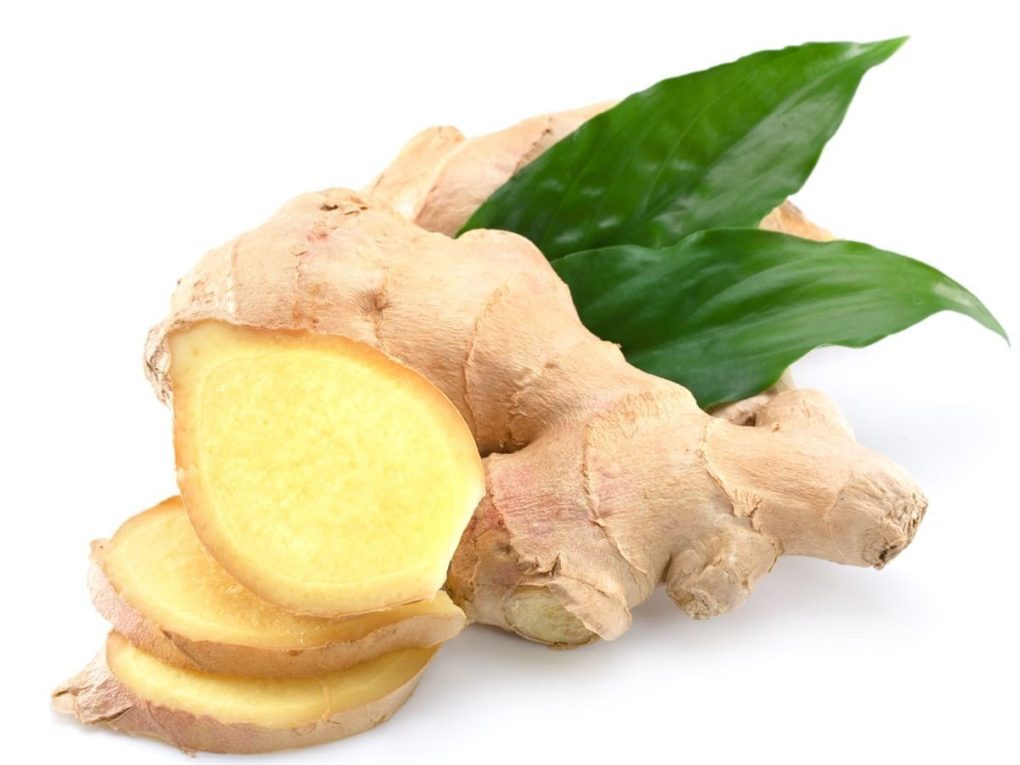
Ginger is an excellent remedy in the early stages of an infection because, as a warming spice, it promotes fever and hastens healing. Ginger's warming effects widens blood vessels and stimulates circulation, thus relieving rheumatic aches and pains.
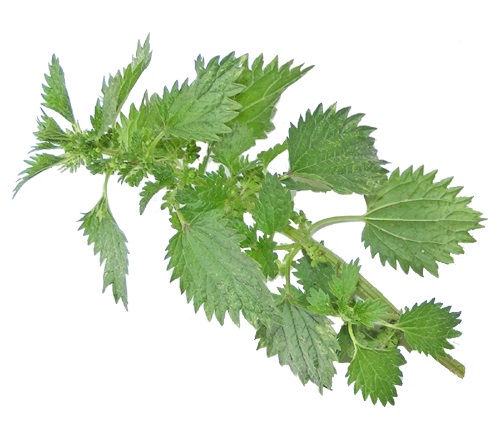
Nettle has a rich mineral content (a good source of iron, calcium and silica) so it’s a good source of energy. And its calcium and silica are important for building bones, hair and teeth.
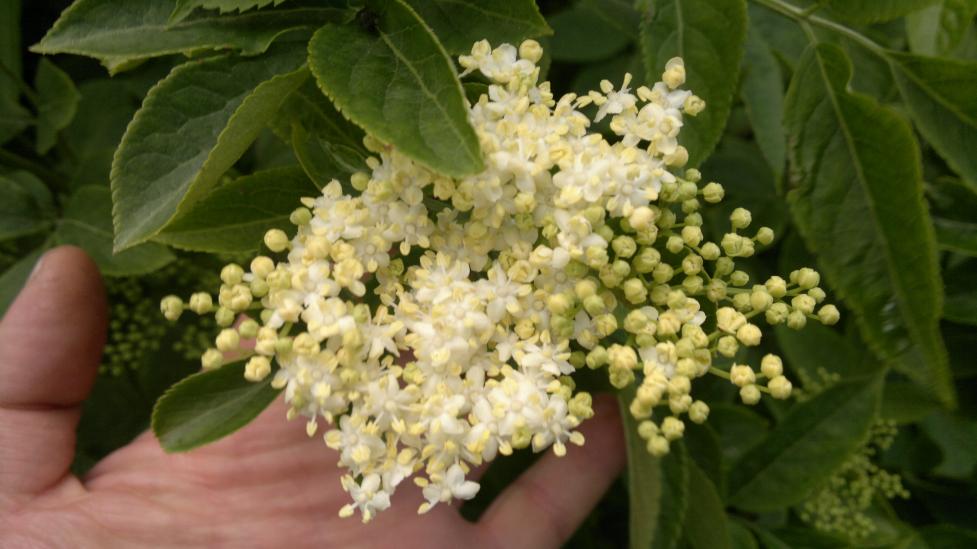
Elderflower tea is a traditional cure for colds. An effective decongestant, it helps clean the nasal passages. It’s also a good diaphoretic (it encourages the body to sweat). Research shows viruses are unable to breed in a raised body temperature.
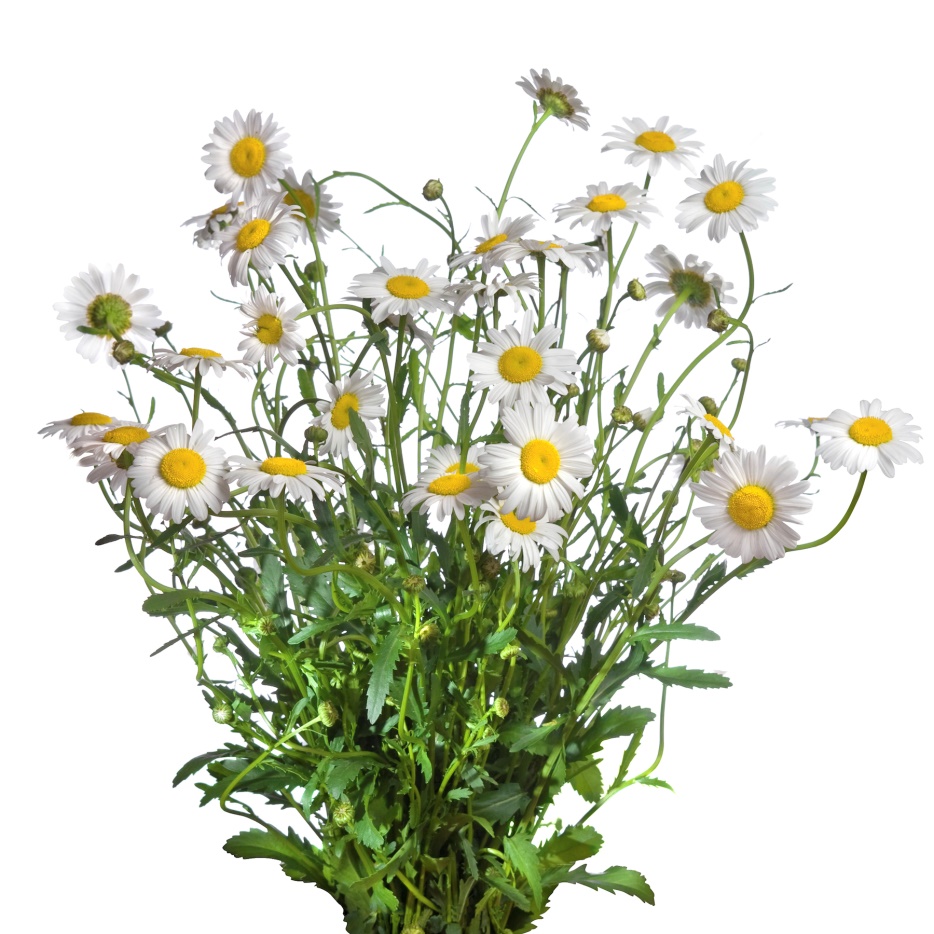
Chamomile tea helps with mild insomnia. The principal ingredient in many “Sleepytime” tea blends, it contains tryptophan, an amino acid known for tranquilizing effects. It acts as a relaxant and promotes sleep.
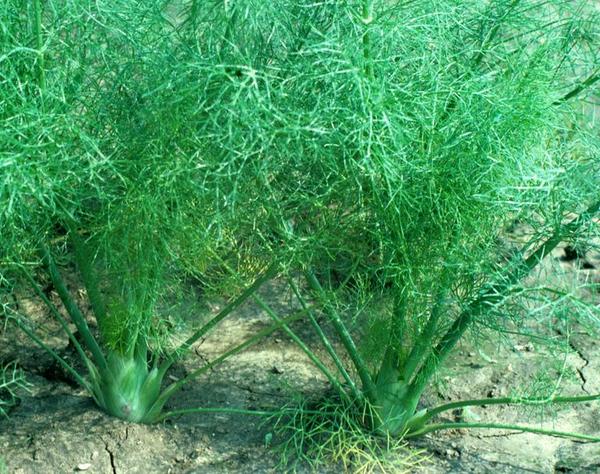
Fennel has anti-spasmodic properties, so it can relax intestinal muscles and is particularly good for constipation, colic and flatulence. Fennel tea is also a diuretic, making it a good detox that cleanses the kidneys, ridding the body of impurities and promoting a clearer skin.
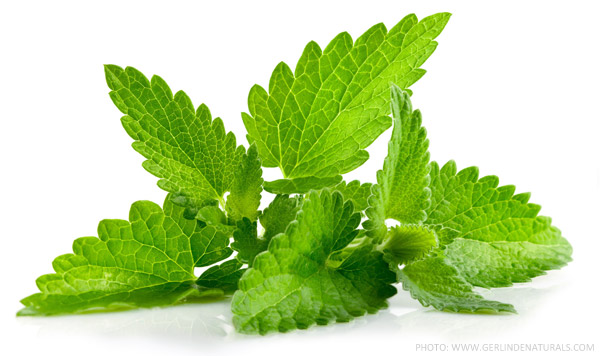
Peppermint tea stimulates bile production in the gall bladder, breaking down fat in the digestion system, thus relieving nausea.
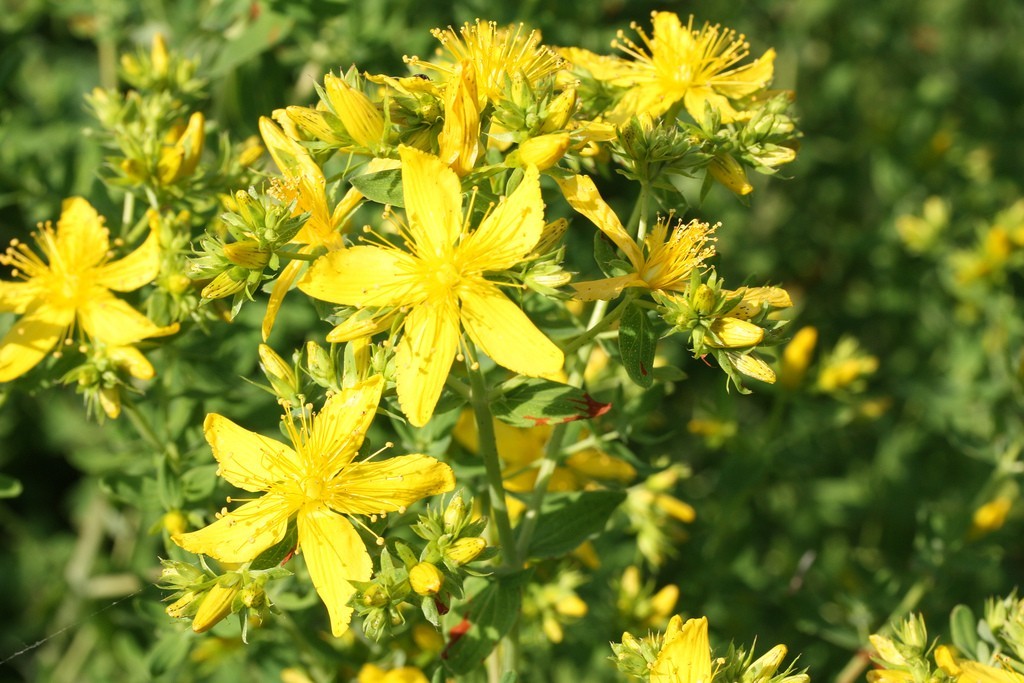
St John's Wort is a mild anti-depressant and shown to be an effective treatment for Seasonal Affective Disorder (SAD). Recent research shows it helps with depression by raising chemical levels in the brain.
Finally, one of my very favorite benefits of herbal teas is their clever versatility; they add a wonderful flavor layer to recipes. You can not only brew and sip them, you can cook and bake with them as well!
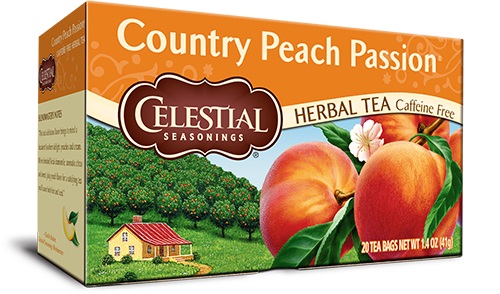
For instance (and I’ll close with this), try adding Celestial Seasonings Country Peach Passion tea to your next peach cobbler. Two words: “OH MY!” And while it’s baking, put your feet up and deal with those “dog days of summer” with a cup of your favorite herbal tea!
(And for many more wonderful recipes using herbal teas, go to www.celestialseasonings.com/discover-tea/recipes.)
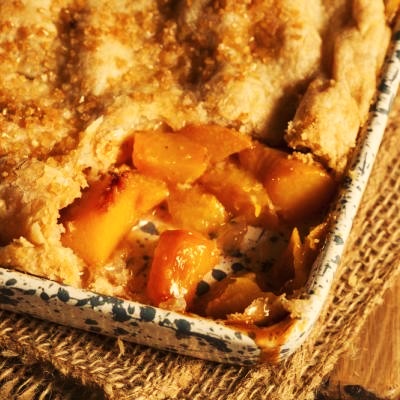
COUNTRY PEACH PASSION COBBLER (courtesy of Celestial Seasonings)
8 bags Celestial Seasonings Country Peach Passion® Herbal Tea
4 cups sliced fresh peaches (may use well-drained canned or thawed and drained frozen)
3/4 cup sugar
4 tablespoons cornstarch
TOPPING:
2 cups all-purpose baking mix (such as Bisquick®, etc.)
3 tablespoons sugar
1 cup milk
2 eggs
¼ teaspoon almond extract (optional)
Bring 3 cups of water to a boil in a heavy saucepan. Add tea bags and continue to boil for 5 minutes. Remove and discard tea bags.
Place peaches in a 9x13-inch pan and sprinkle sugar and cornstarch over the top, then add tea. Blend topping ingredients in a mixing bowl until dough is formed. Drop dough 1 Tbsp. at a time evenly over peaches. Bake at 350 degrees for 45 minutes until golden brown.
- www.linkedin.com
- www.ecoherb.com
- www.healthyhabitshub.com
- www.rusticescentuals.com
- www.herbandhedgerow.com
- www.organicfacts.com
- www.thebotanistgin.com
- www.dogsnaturallymagazine.com
- www.extension.illinois.edu
- www.greekmedicine.net
- www.gardeningknowhow.com
- www.celestialseasonings.com
 Alice Osborne
Alice Osborne
Weekly Newsletter Contributor since 2006
Email the author! alice@dvo.com
